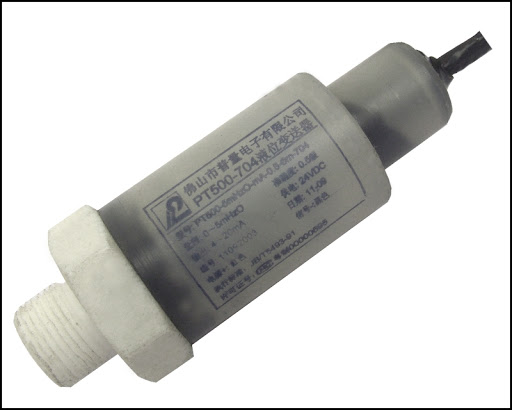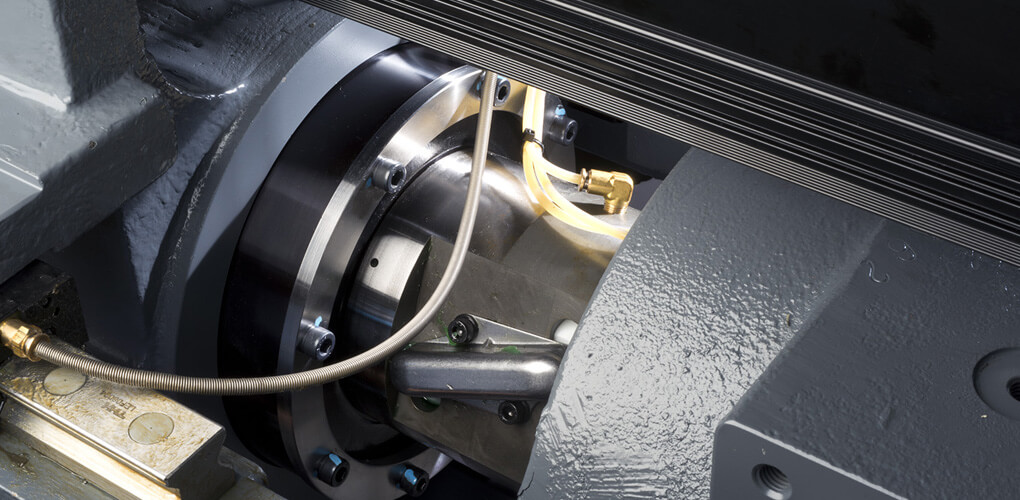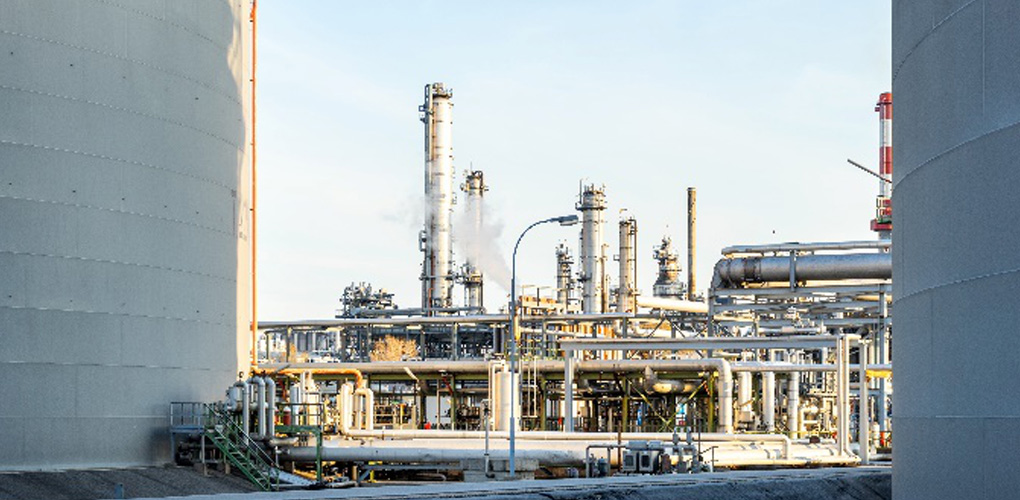4 Major Types of anti-corrosion pressure transmitters and their Applications
An Introduction to Pressure Transmitters’ Resistance
A pressure transmitter is electronic devices that can convert detect the pressure and convert it into an electrical signal. The anti-corrosion pressure transmitter consists of a pressure sensor and a signal amplifier. The function of a pressure sensor is to detect the pressure value. However, the pressure sensor alone cannot convey this pressure value.
For this purpose, an amplifier of signal enhances the signal and converts it to the electrical signal. The pressure transmitter can show the pressure value on the display. This output value comes to the display after amplification from the signal conditioner. The standard value of output for the pressure transmitters is generally 4mA to 20mA in the digital form on the display.

What are the types of pressure transmitters?
The pressure transmitters are generally of four types. These are the following:
- Absolute pressure transmitters
- Gauge pressure transmitters
- Differential pressure transmitters
- Multivariable pressure transmitters
What are Absolute Pressure Transmitters?
The type of pressure transmitter that measures the absolute value of the pressure is absolute pressure transmitters. They measure the pressure of a media about the vacuum pressure that is the absolute pressure. The measurement of the absolute pressure transmitters does not depend upon the effects of atmospheric pressure.
The use of absolute pressure transmitters is excessive in environments where we need high accuracy. An example is the measurement of the pressure of vacuum distillation under very low pressure. It measures the value of pressure and compares it with the absolute value of pressure.
What are Gauge Pressure Transmitters?
The type of anti-corrosion pressure transmitter that can detect the gauge pressure is called a gauge pressure transmitter. The gauge pressure transmitters have the atmospheric pressure as a reference value instead of the absolute pressure. The use of gauge pressure transmitters is wide in industrial applications for the measurement of the pressure of gas, liquid, and steam.
The absolute pressure transmitters and gauge pressure transmitters have become more tremendous in commercial applications. They are preferable to the pressure transducers. The reason is that they have more effective performance and reliable use in different applications. Consumers prefer the use of gauge and absolute pressure transmitters.
What are Differential-Pressure Transmitters?
The type of pressure transmitters that can measure the difference between two pressure values is differential pressure transmitters. The applications of the differential pressure transmitters are in the flow as well as level transmitters. In the case of level applications, these anti-corrosion pressure transmitters can find out the difference in the pressure between the top and bottom sides of the constriction pipe.
The differential pressure transmitters have the excessive use in the measurement of flow rate for about 100 years. They have the advantage of use in the flowmeters for displacement purposes. Therefore, they have been used in several new and advanced technology applications. These pressure transmitters are also important when we require high accuracy.
What are Multivariable Pressure Transmitters?
The multivariable pressure transmitters can measure several variables at a time. They can measure the volumetric flow, temperature as well as pressure at the same time. So they can also use these variable values for the calculation of mass flow. They are especially important in the applications of measurement for gas and steam.
The multivariable pressure transmitters are expensive as compared to the differential pressure transmitters. But they provide the measurement of several variables. That is why they are less costly if we have to measure several variables at the same time. It is suggested to use multivariable pressure transmitters instead of pressure and temperature transmitters separately.
What is the working principle of a pressure transmitter?
The working principle of the anti-corrosion pressure transmitter is the conversion of the mechanical value of pressure into the electrical signal. The sensor part of the pressure transmitter detects the mechanical value of pressure. While the signal amplifier can convert it to the electrical signal and transmit it too long distances. The pressure transmitter also consists of a display for the representation of the output.

What is the purpose of a pressure transmitter?
The pressure transmitters have fundamental use in the measurement of pressure of gas, liquid, or steam. They can check the pressure value and then convert it to the electrical signal. Pressure transmitters have a similarity with the pressure transducers but the transducers are smaller in size.
The pressure sensor is the basic part of the pressure transmitter that can detect the pressure mechanically. The pressure sensor has a main body and a thin diaphragm. Then comes the electrical amplifier for the conversion of this mechanical signal into the electrical signal. The display part has used to show the output.
What is the difference between a pressure switch and a pressure transmitter?
There are certain differences in the structure and performance of pressure switches and anti-corrosion pressure transmitters. However, the pressure transducers are very similar to the pressure transmitters. I will describe certain differentiating points of a pressure switch and pressure transmitters.
What are pressure transmitters?
A pressure transmitter is an electronic device that can convert detect the pressure and convert it into an electrical signal. The anti-corrosion pressure transmitter consists of a pressure sensor and a signal amplifier. The function of the pressure sensor is to detect the pressure value. However, the pressure sensor alone cannot convey this pressure value.
We prefer pressure transmitters overpressure sensors when we want to transfer the signals to long distances. The pressure sensors cannot send the signals to long distances. They show the value of pressure as output in the electrical form.
What are Pressure Switches?
The pressure switches, unlike the pressure transmitters, cannot convert the mechanical signal into the electrical signal. They can only trigger a certain value of pressure. Their performance is set for a certain value of pressure. They function to switch on or off the circuit above or below this set value. Therefore, they are important in the automatic on-off systems.
What are the types of the transmitter?
The anti-corrosive pressure transmitter is of various types. Generally, they have six different types. Each kind of pressure transmitter is appropriate for a certain type of application. Moreover, they require different types of environments for their functioning. Let us have some details of these types.
What are RADAR FILL TRANSMITTERS?
The radar fill transmitters are the type of transmitters that use radio waves and work like the radar system. These transmitters are usually present near a tank of liquid. When the transmitter sends out the radio signals to the liquid in the tank, it reflects the transmitter. The transmitter can measure the current fill value from the time of travel.
What are ULTRASONIC TRANSMITTERs?
The ultrasonic anti-corrosion pressure transmitters are the type of transmitters that use the ultrasonic signal for the measurement. They are also present near the tank of a liquid. They work in the same manner as non-contact radar transmitters. When the transmitter sends out the ultrasonic signal to the tank, it reflects the transmitter.
When the signal returns to the transmitter, it can easily measure the fill level of the tank. It uses the time difference of pulse and returning time of the signal to measure the fill level of the tank.












